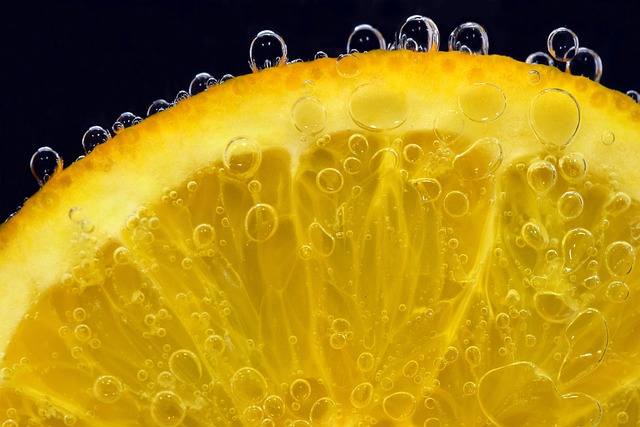Inside Your Gut Garden: Understanding the Complex World of Probiotic Microorganisms
Introduction
In the world of gut health, there’s a growing fascination with probiotic microorganisms and their potential benefits. These tiny creatures, often referred to as the “good bacteria,” reside within our intestines, forming a complex ecosystem known as the gut garden.
The Gut Garden: A Thriving Ecosystem
Within our gut, trillions of microorganisms coexist in a delicate balance, much like a diverse garden. This ecosystem consists of various types of bacteria, fungi, viruses, and other microorganisms. Among them, probiotic bacteria play a crucial role in promoting digestive health and overall well-being.
The Benefits of Probiotics
Probiotics, when consumed in adequate amounts, confer numerous benefits to the host. These benefits include:
- Improved Digestion: Probiotics assist in the breakdown of food, aiding in nutrient absorption and preventing common digestive issues.
- Enhanced Immunity: Certain strains of probiotics help stimulate the immune system, promoting better defense against pathogens.
- Reduced Inflammation: Probiotics can help reduce chronic inflammation in the gut, which is associated with many health conditions.
- Mood Regulation: Emerging research suggests a link between gut health and mental well-being, showing that probiotics may positively impact mood and reduce anxiety and depression symptoms.
- Support for Skin Health: Some strains of probiotics have been found to alleviate skin conditions such as eczema and acne. This correlation further highlights the gut-skin axis.
Common Probiotic Strains
While thousands of strains of probiotics exist, a few have garnered significant scientific interest due to their potential health benefits. Some commonly researched probiotic strains include:
- Lactobacillus acidophilus: Found in the small intestine, this strain aids in lactose digestion and helps maintain gut flora balance.
- Bifidobacterium bifidum: Mostly residing in the large intestine, it contributes to overall gut health and nutrient absorption.
- Escherichia coli Nissle 1917: Known for its anti-inflammatory properties and its ability to support good gut bacteria.
- Saccharomyces boulardii: A beneficial yeast that helps prevent antibiotic-associated diarrhea and supports healthy gut function.
Where to Find Probiotics
Probiotics can be obtained through both natural food sources and supplements. Fermented foods, such as yogurt, kefir, sauerkraut, and kimchi, are excellent sources of probiotics. However, it’s essential to choose products that contain live and active cultures. Additionally, probiotic supplements, available in various forms like capsules, tablets, and powders, can be a convenient way to ensure an adequate intake of probiotic microorganisms.
The Importance of Prebiotics
Prebiotics are non-digestible fibers that serve as food for probiotics. They are crucial in promoting the growth and activity of beneficial bacteria in the gut. Foods rich in prebiotics include onions, garlic, bananas, asparagus, and whole grains. Combining prebiotic-rich foods with probiotics can enhance the overall effectiveness of these beneficial microorganisms.
Conclusion
Understanding the complex world of probiotic microorganisms within our gut is vital for maintaining optimal health. By nurturing our gut garden with probiotics and prebiotics, we can support digestion, immunity, and overall well-being. Incorporating probiotic-rich foods and supplements into our daily routine can help us cultivate a thriving gut ecosystem and harness the potential benefits these tiny microorganisms offer.







